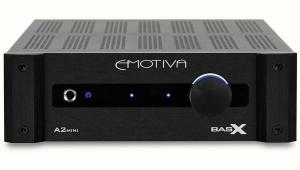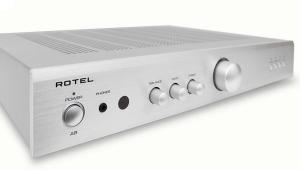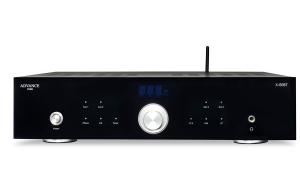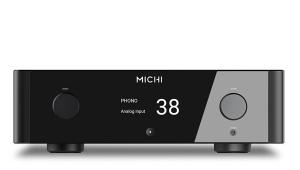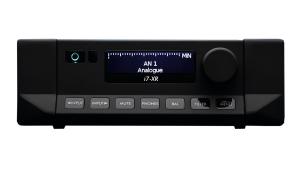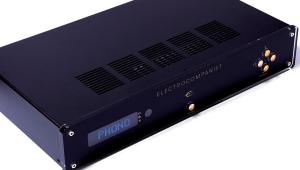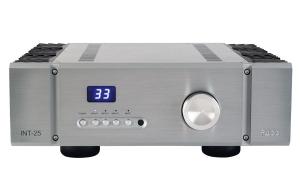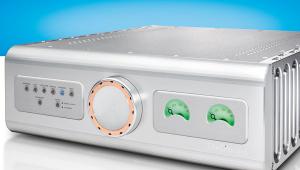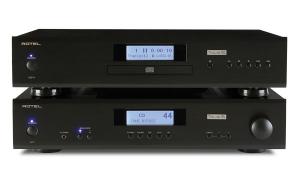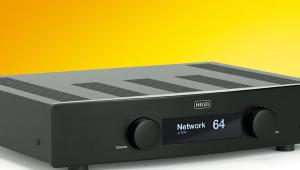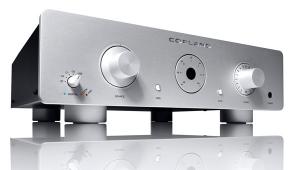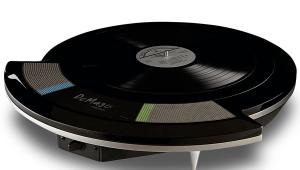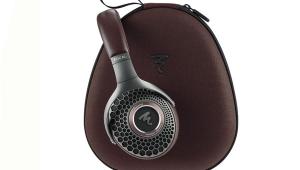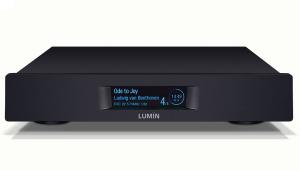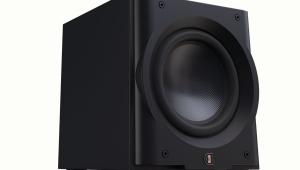Rega Brio R - £398
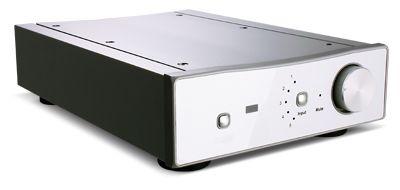
The Brio-R is new in more ways than its remote handset, for a start it’s a totally new circuit, albeit one that was originally conceived in the late sixties. Rega designer Terry Bateman discovered the circuit as a result of buying and reading a large collection of second-hand Wireless World magazines and noticing that the previous owner, engineer Mike Howell, had circled particular articles. These articles led him to a design which was published in 1970, but to Terry’s knowledge never put into production.
Solid-state onionsThe Brio-R uses modern Sanken Darlington output transistors, but it’s the Class A stage that drives this final element that is different. It has more in common with valve amp design and, according to Terry, gives this Class AB amplifi er the performance characteristics of the breed. This primary stage uses a single emitter – follower (or buffer) which reduces the load on the voltage amplifier and improves overall linearity. It’s pretty technical stuff, but suffice to say that Terry knows his valve and solid-state onions better than most and used a classic Leak Stereo 20 valve amp as his benchmark, so we can’t argue with that.
The Brio-R inhabits the same halfwidth casework as the Rega DAC and is styled to match with aluminium push-buttons in its ABS facia. It has four line inputs, a tape output and a moving-magnet phono stage. Confusingly, the latter is not indicated on the rear panel, but merely labelled Input 1, which leaves it vulnerable to abuse by line-level sources which will sound pretty distorted and could possibly damage the phono stage. It has an earth point, but this is underneath the case so doesn’t give the game away.
Ferrous-freeThe remote handset is an attractive lump with all the usual options, including Mute but not Power On/Off. Unlike the Rega DAC, the Brio-R has a conventional IEC mains inlet, so there is room to try aftermarket power leads. Power output is quoted at 50 watts into eight ohms and this rises to 73 watts when the impedance is halved. So it’s no powerhouse, yet despite its Class A driver stage it does not run particularly hot.
Build quality is neat and solid, rather than particularly fl ashy; the only real concession to cost being the ABS front and rear panels. The main chassis is aluminium, so the whole thing is devoid of ferrous metals and that’s a desirable quality at any price.
Game-changingWhile the Brio-R might be based on valve ideals, it does not have the classic mid/forward balance and slightly softened bandwidth extremes of the ilk, it does, however, reveal an uncanny amount of the character of everything it plays, which is a positive glass audio characteristic.
It also does the thing that all Rega products seem to excel at: it’s a great communicator that delivers the message in the music. It’s not the most powerful-sounding 50 watts we’ve encountered and if you want to crank up the volume you’ll need high-sensitivity speakers. However, if you want to be drawn into the music then it’s the best value tool for the job that we’ve heard since the Pioneer A400.
The phono stage is remarkably good for the money, too, we plugged in a Rega RP3 with Elys 2 cartridge and were instantly engaged by the texture and timing subtleties of the music. Again the forté is musicality not sound for its own sake. Bass could be more extended, for instance, but there are big differences between recordings which can be astonishing.
Giant-slayingThe Brio-R proves that you do not have to play loud to get the best out of your music, it is unusually transparent and totally engaging at sensible levels. We were quite taken aback by the degree to which it tells you what’s going on in the mix and had to remind ourselves that it’s a sub-£400 amplifier on more than one occasion. This amp is one of a rare breed of components that can be dropped into a highly revealing system and, speaker sensitivity allowing, actually enhance the results, thanks to its ability to reveal so many of the key musical details. Very few budget amps can do that.
LIKE: Fights well above its weight in terms of timing and musicality
DISLIKE: The lack of clear labelling on the phono input seems unwise
WE SAY: Don’t judge this book by its cover, just close your eyes and fly
PRODUCT:
Rega Brio-R
ORIGIN:
UK
TYPE:
Integrated amplifier
DIMENSIONS:
(WxHxD)
80x218x325mm
WEIGHT:
6kg
FEATURES:
• Power output:
50w/8ohm,
73w/4ohm
• Four line inputs
• MM phono stage
• Remote control
• Colour options:
black, silver
DISTRIBUTOR:
Rega Research
TELEPHONE:
01702 333071
WEBSITE:
rega.co.uk
 |
Inside this month's issue:
Ruark R610 music system and Sabre-R standmount speakers, PMC twenty.23i Active, floorstanders, English Acoustics Downton preamplifier, Bluesound NODE ICON preamp/streamer, Ortofon Concorde Music Blue MM cartridge and much, much more
|
